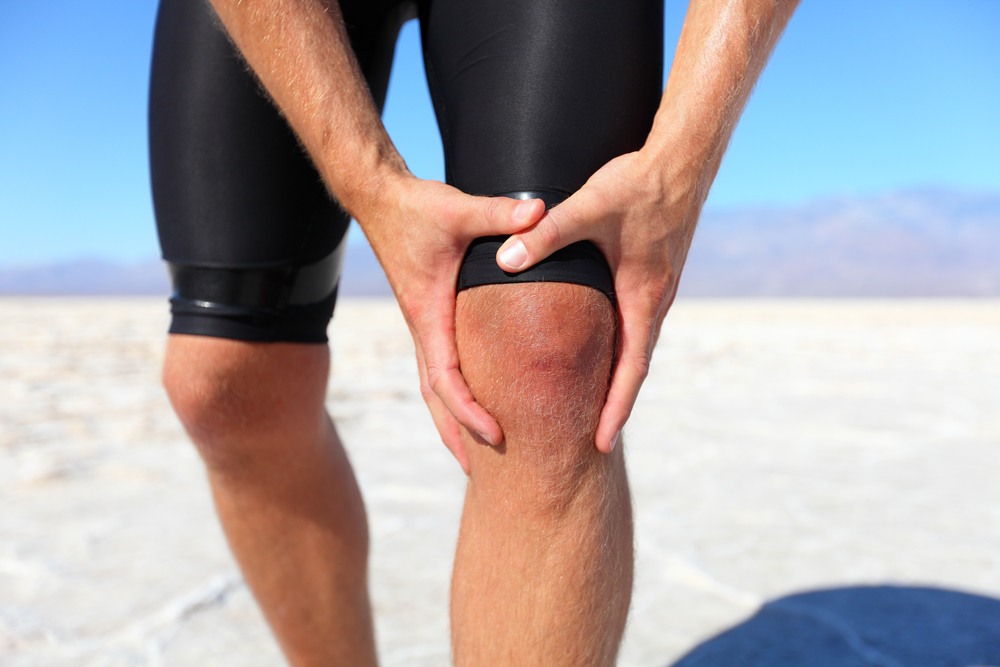Testosterone is a steroid hormone produced in the ovaries, testicles, and adrenal glands that is essential for sperm production and certain types of male sexual behavior.
It also helps maintain muscle mass and strength, bone density and growth, fat distribution, red cell production, and hair growth.
It also regulates other hormones in the body such as erythropoietin (red blood cells), luteinizing hormone (ovulation), gonadotropins (testosterone production), thyroid-stimulating hormone (metabolism), and parathyroid hormone (bone health).
Research now suggests that testosterone may help ease pain symptoms for people who have arthritis due to aging or injury.
An estimated one out of every two American adults has some form of arthritis, rheumatoid, or osteoarthritis.
After age 30, the rate is as high as one in three people.
This growing demographic represents a large market for companies that sell pain-relieving drugs. Many of these medications have unpleasant side effects and can be habit-forming due to prolonged usage over time.
In an effort to relieve symptoms without using drugs, many people are now looking at alternative means to help their joints feel better. One such method being widely explored is testosterone supplementation via diet or injections.
Testosterone Deficiency in Men
Aging causes a decline in testosterone levels, which contributes to many of the problems associated with aging including loss of muscle mass, weakness, and fatigue, depression, erectile dysfunction, or reduced libido.
Testosterone therapy can be used to treat these symptoms as well as improve body composition by increasing lean muscle mass, which is a more metabolically active tissue that helps burn fat faster.
As you age testosterone starts to decline naturally at a rate of 1-2% annually. For every decade after the age of 30, your body produces 60-80 fewer nanograms per deciliter (ng/dl) than it did in your 20’s.
If Testosterone Replacement Therapy is warranted the goal should be to increase serum testosterone levels to between 500 and 800 ng/dl for natural hormone replacement, although most would argue this level tis not high enough to see the benefits of a supplement.
Testosterone Deficiency in Women
Studies have shown that women with excess body fat and reduced estrogen levels are more likely to develop osteoporosis. This is due to increased aromatization of testosterone, which converts it into estradiol, causing additional loss of bone density. .
The connection between testosterone and muscle mass in women is backed up by studies showing testosterone levels to be much lower in female patients who were severely underweight or starved. This could help explain why many elderly frail women suffer from significant losses of muscle tissue as they age.
Women naturally produce only one-tenth the number of testosterone men does each day; therefore, testosterone deficiency has been associated with many of the conditions listed above as well as reduced testosterone levels in women.
Testosterone therapy can be used to treat these symptoms as well as improve body composition by increasing lean muscle mass and testosterone levels in women. As you age testosterone starts to decline naturally at a rate of 1-2% annually. For every decade after the age of 30, your body produces 60-80 fewer nanograms per deciliter (ng/dl) than it did in your 20’s.
Higher testosterone levels have been observed to increase testosterone receptor density, which helps deliver more testosterone into muscle tissue and increases lean muscle mass over time. This has been shown to aid in weight loss even without changing testosterone levels in the blood
Testosterone and Joint Health
Testosterone may also benefit people who suffer from osteoarthritis or joint pain. Low testosterone levels are associated with a higher risk of developing osteoporosis, which can lead to increased joint degeneration and more intense symptoms of arthritis. Many of these testosterone benefits for joints have only been shown in animal studies but there is no reason testosterone should not help improve testosterone the same way it helps testosterone muscles and endocrine function.
Testosterone therapy has been used to reduce levels of pain associated with arthritis has been somewhat controversial in the medical communities due to mixed results from studies. A recent study showed that men who had osteoarthritis and were treated with testosterone gel daily for 6 weeks experienced significant reductions in pain and joint stiffness than those on a placebo.
Testosterone is known to increase growth hormone production which helps build muscle tissue and burn excess fat. Growth hormone also aids in healing, so anything that growth hormone in some testosterone way is good testosterone joints. It is also known that testosterone levels are higher when waking up and lower testosterone in the evening.
Testosterone Replacement Applications
– Breast cancer
– Osteoporosis
– Low libido
– Coelevated Estrogen Levels (dominant reason for low T)
– Prostate Cancer (This one has to be very closely monitored because of PSA increases)
Testosterone replacement therapy using topical patches or gels rubbed on the skin, injections placed in the TSH pituitary gland, and pellets inserted under testosterone skin are all testosterone of exocrine treatment.
Some doctors may prescribe higher doses of testosterone than others do, which could be dangerous if not monitored properly by a qualified physician experienced in T Replacement Therapy (TRT).
The big take away is to get your labs checked on a regular basis and now there are companies that will do your blood work from home so there is literally no excuse to keep up with your labs.

